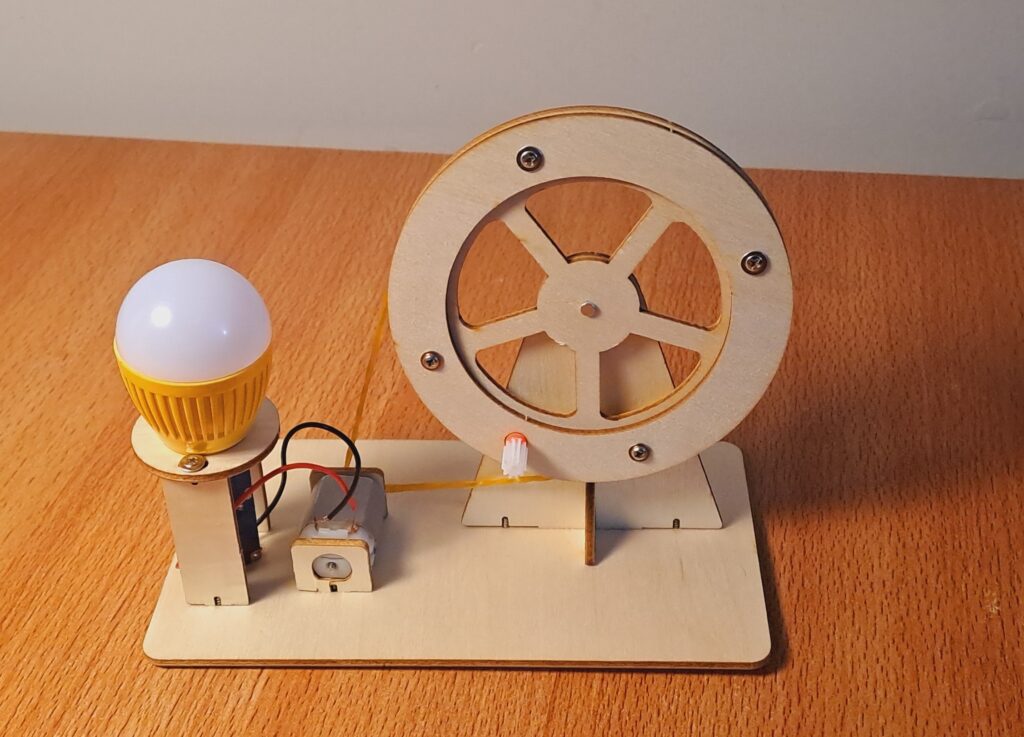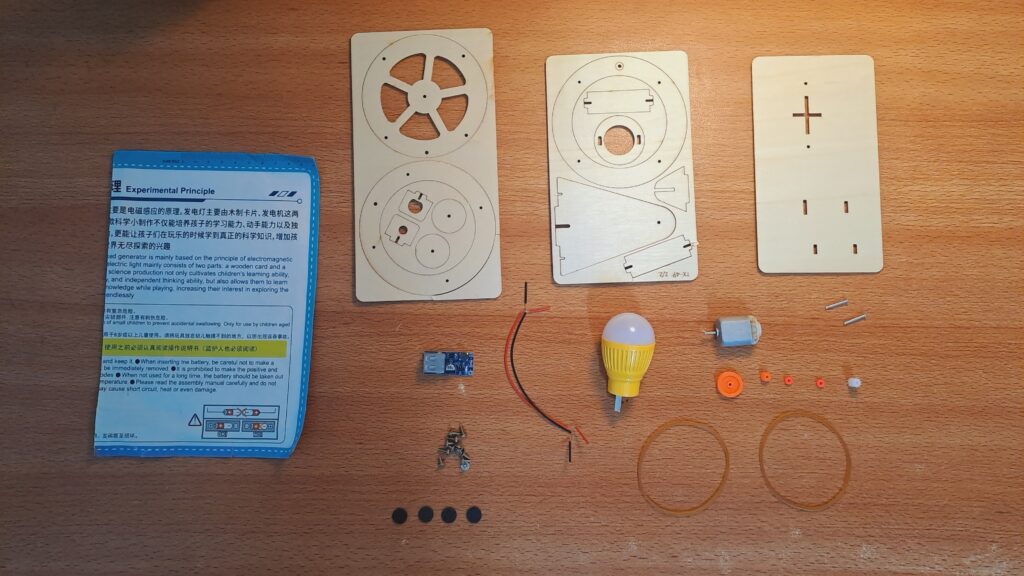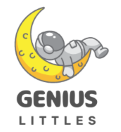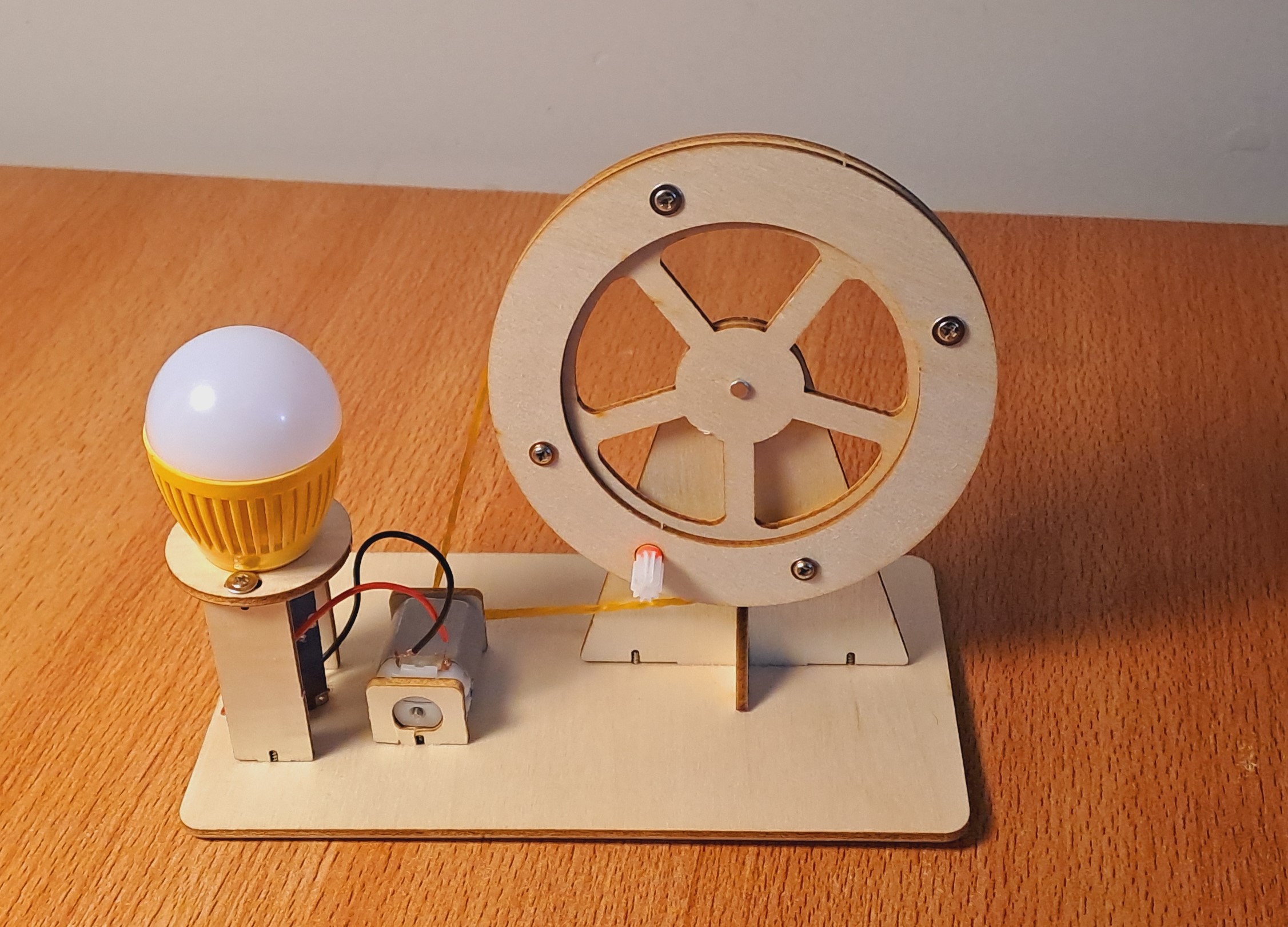Electricity is one of the most important inventions of our age. Our lives are heavily dependent on electricity. Whether it is lighting, home appliances, powering mobiles and computers, factories, transportation, in fact all sectors in some way rely on electricity.
So what is electricity? Firstly it is a form of energy. It is produced when electric current flows through a wire made up of any conductor. One of the most common method to generate electricity involves an electric generator. It is device that converts various types of energy into electrical energy.
Electric generator works on Faraday’s law of induction which basically says that if you take a loop of wire and move it inside a magnet (or magnetic field) then voltage (and in turn current) would be produced in the loop of wire. The voltage generated in this way is known as induced emf. What happens is when you move a loop of wire inside a magnetic field, the wire will experience a changing magnetic field and according to the Faraday’s law, the changing magnetic field give rise to electric field which then induces the voltage in the loop of wire.
An electric generator has two major components, namely a Rotor and a Stator. The rotor is usually a magnet. The stator consists of coils of conductor inside which rotor is placed. When rotor is rotated inside a stator, stationary coils of stator experiences a changing magnetic field and hence emf is induced in the conducting coils of stator which in turn produces electric current. That’s how electricity is generator. How the rotor is rotated depends upon what kind of energy is available. For example electricity is to be generator through water then water will flow through the turbine and will cause it to rotate, when this turbine is connected to generator, it will then cause the generator rotor to rotate. That’s how the electricity is generator inside a hydro power plant.
Similarly in large wind power plants rotor of generator is rotated through large wind turbines as the wind flows through these turbines. In thermal power plants oil, gas or coal is burned to heat water and produce steam. The steam is then flowed through steam turbines which in turns drive the generator. At times, the mixture of air and oil or gas is directly fed into gas turbines and then drives the electric generator to produce electricity. In general hydro turbines, wind turbines, steam turbine or gas turbines are known as Prime over as these machines are driving the generator.
Unit of Electricity
Since electricity is a form of energy, so it has a unit of energy. It is commonly measure in kill-Watt hours (kWh)
1 kWh is equal to 3,600,000 J
For more details on energy, please refer to article: https://geniuslittles.com/understanding-how-much-energy-is-contained-in-1-joule/
Understanding electricity with the help of hand-crank generator
The below picture shows a DIY hand-crank generator.

It comes in kit form which you can easily assembled by following the instruction manual.

By rotating its hand-wheel, this hand-crank generator offers a glimpse of how electricity is produced.
As you rotate the wheel with your hand, you will notice that bulb will light up. What happens is that as you rotate the large wheel, you are transferring your mechanical energy in the form of rotating motion to a small electric generator (also known as dynamo) which is connect with the wheel through a rubber ring. As the dynamo rotates, the current starts to flow through the circuit thereby generating electricity according to the explanation given above and causes the bulb to light up.
If you are interested to buy your own DIY Hand Crank Generator, click on below link:

